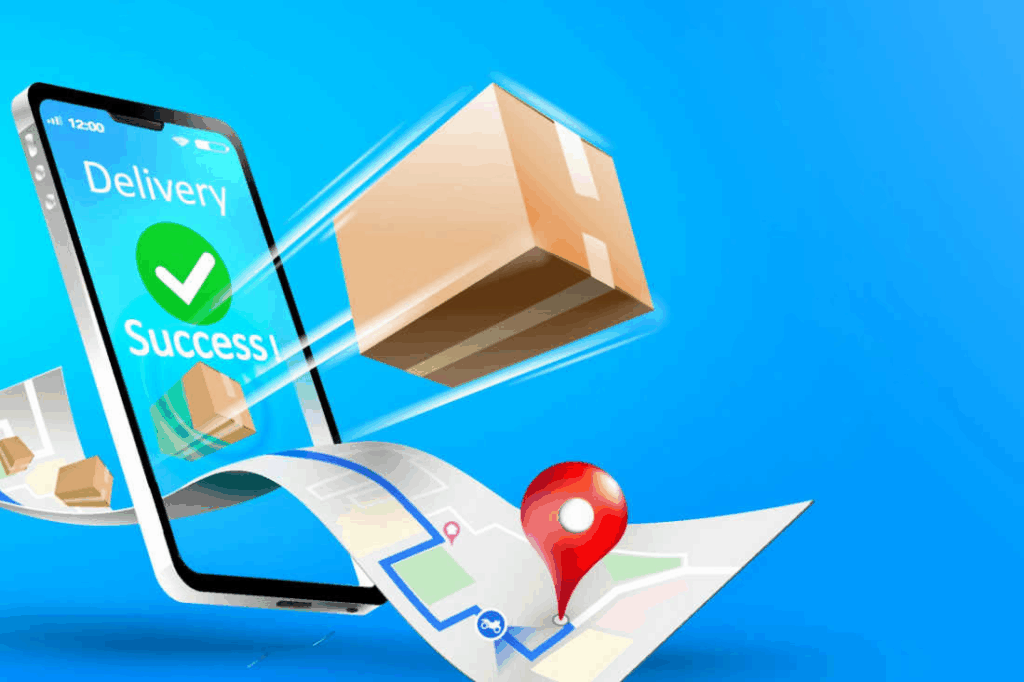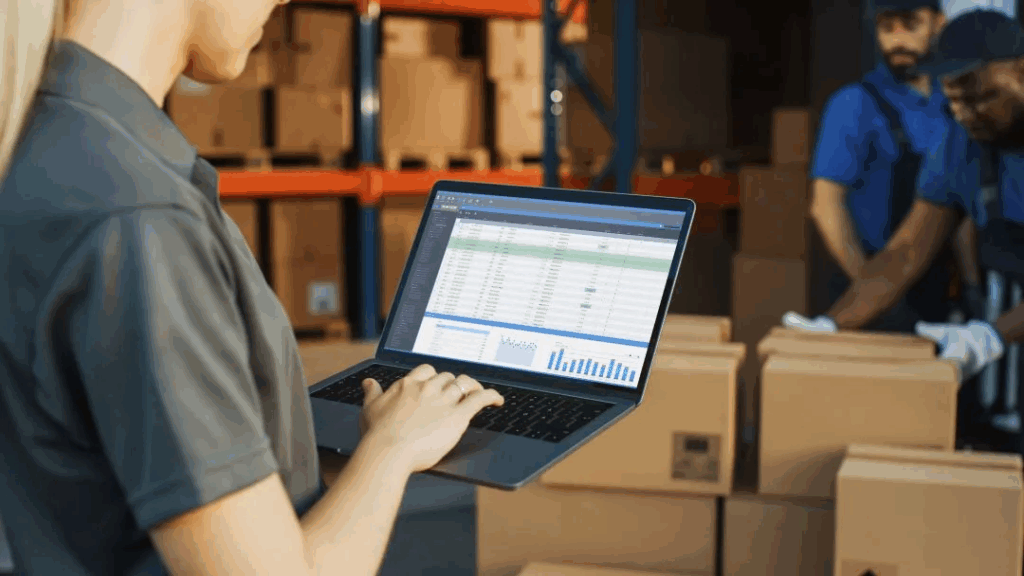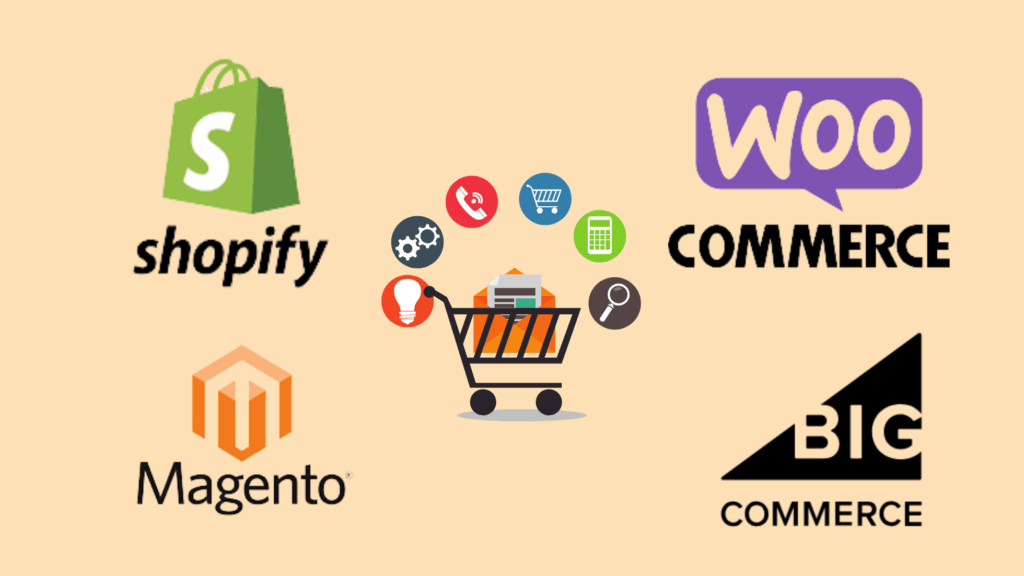Ecommerce Shipping Integration That Delivers Same-Day Results Across Borders
Ecommerce has become more competitive than ever. Customers demand instant service, accurate updates, and global reach. Shipping speed is no longer a luxury but a requirement. For online retailers, achieving this level of performance is impossible without efficient systems. The solution is Ecommerce Shipping Integration, which connects online stores with carriers and fulfillment networks, making same-day international delivery a realistic option.

This article explains why integration matters, how it works, and how businesses can take advantage of it to grow internationally.
Why Is Ecommerce Shipping Integration Essential for Global Businesses?
Does Integration Really Improve Delivery Speed?
Integration links ecommerce platforms directly to shipping providers. When a customer places an order, information flows automatically to carriers, warehouses, and tracking systems. This eliminates bottlenecks such as manual data entry and delayed notifications.
Retailers using advanced integration can cut order-to-dispatch times from hours to minutes. Customers receive tracking details almost immediately, and the order is on its way faster than traditional processes could ever allow.
What Problems Does Lack of Integration Cause?
Without Ecommerce Shipping Integration, businesses face common issues:
- Slow order processing: Staff manually copy data between platforms.
- Stock mismatches: Inventory across different channels updates late.

- Unreliable tracking: Customers complain about delayed or missing updates.
- Higher overhead: More time and manpower spent fixing errors.
These challenges not only cost money but also damage customer trust.
How Does Ecommerce Shipping Integration Work?
What Are the Core Functions?
Ecommerce Shipping Integration is built to automate key steps in the delivery process:
- Real-time shipping rates: Customers see live carrier prices at checkout, calculated by weight, size, and destination. This makes costs transparent and lowers cart abandonment.
- Label generation: Orders automatically create carrier-approved labels, saving time and reducing errors. Packages are ready for pickup or drop-off immediately.
- Tracking synchronization: Carriers send live updates back to the store, so customers can check order status in real time without leaving the website.
- Customs forms: International orders generate invoices and declarations automatically. This prevents mistakes, speeds up clearance, and avoids border delays.
Which Platforms Support It?
Most modern ecommerce platforms allow integration:
- WooCommerce and WordPress-based stores.
- Shopify for small and medium businesses.
- Magento for large and complex catalogs.
- BigCommerce for rapidly scaling operations.

Each platform can integrate with carriers such as DHL, FedEx, UPS, USPS, and regional delivery services, depending on the business’s target markets.
Can Ecommerce Shipping Integration Enable Same-Day International Delivery?
What Makes Same-Day International Delivery Possible?
Same-day international shipping sounds ambitious, but integration provides the foundation. Success depends on:
- Strong carrier partnerships with global express services.
- Automated customs clearance, sending forms digitally instead of manually.
- Distributed fulfillment centers so orders are shipped from the closest location.
- Intelligent routing that selects the fastest delivery path in real time.
What Role Does Integration Play?
Integration ensures all of these systems communicate instantly. It reduces the time between order placement and shipment initiation, which is the key factor in achieving same-day results. While not every destination can support it, major trade routes such as New York to London or Hong Kong to Singapore already see retailers offering same-day or overnight international delivery thanks to advanced integration.
What Are the Key Benefits of Ecommerce Shipping Integration?
Does It Reduce Operational Costs?
Yes. Businesses save costs in multiple ways:
- Fewer errors mean fewer refunds or re-shipments.

- Less staff time wasted on repetitive manual work.
- Lower cart abandonment since shipping costs are transparent at checkout.
For many retailers, savings from efficiency can offset the cost of integration software within months.
Does It Improve Customer Experience?
Customers receive timely updates, clear delivery expectations, and accurate pricing. They can track packages in real time without uncertainty. Address validation reduces failed deliveries, which often frustrate buyers. Better experience directly increases customer loyalty and repeat purchases.
What Challenges Should Businesses Expect?
Is Integration Easy to Implement?
Implementation depends on the platform. Some integrations are plug-and-play apps, while others require advanced API connections. Costs may vary from affordable monthly subscriptions to custom enterprise-level builds.
How Can These Challenges Be Overcome?
- Choose platforms with existing integration tools.
- Select carriers with strong technical support.
- Test gradually: start with one region or carrier, then expand.
Working step by step ensures minimal disruption while scaling.
Which Industries Benefit Most from Ecommerce Shipping Integration?
- Fashion and Apparel: Seasonal trends demand quick turnaround and same-day fulfillment.

- Electronics: High-value products require accurate tracking and secure handling.
- Health and Beauty: Customers expect fast delivery for items used daily.
- Food and Beverage: Freshness depends on efficient logistics.
- Cross-border Retailers: Expanding to new countries is only possible with automated customs solutions.
Whether selling clothing, tech, or consumables, integration ensures businesses meet expectations across markets.
How to Choose the Right Ecommerce Shipping Integration?
What Features Should You Look For?
The right solution should include:
- Multi-carrier options for flexibility.
- Customs support to handle duties and taxes.
- Real-time inventory and order synchronization.
- Tracking and notifications to keep customers updated.
- Scalability to handle peak season spikes.
Should You Build or Buy?
- Build: Suitable for enterprises with in-house IT resources.
- Buy: Practical for small and medium businesses that want fast setup and predictable costs.
Most growing retailers choose ready-made integration tools to avoid high development costs.
Future Trends in Ecommerce Shipping Integration
Technology continues to evolve. Emerging trends include:
- AI-powered routing: Algorithms that optimize delivery paths in real time.

- Green shipping options: Integrations that allow customers to choose carbon-neutral delivery.
- Omnichannel fulfillment: Orders routed from stores, warehouses, or third-party providers automatically.
- Predictive analytics: Systems forecasting shipping delays before they happen.
These innovations will further strengthen integration’s role in ecommerce growth.
Conclusion
Ecommerce Shipping Integration is no longer optional for competitive online businesses. It connects stores with carriers, automates customs processes, and allows global orders to move faster than ever. Retailers that adopt integration reduce costs, improve accuracy, and build stronger customer trust.
Same-day international delivery is possible because integration ensures every step—checkout, labeling, tracking, customs, and routing—works seamlessly together. Businesses that invest in integration now will be positioned as leaders in global ecommerce tomorrow.
To learn more about smarter delivery solutions, visit Postalparcel and discover how integration can transform your operations.
Industry Insights
news via inbox
Nulla turp dis cursus. Integer liberos euismod pretium faucibua








